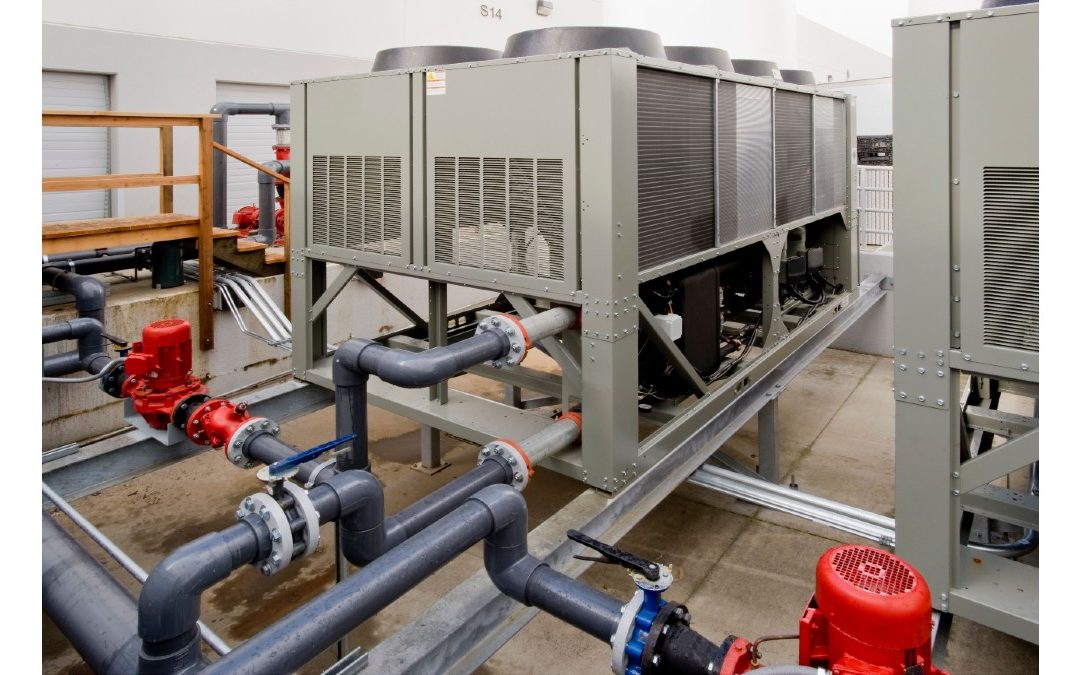The Role of Redundancy in Critical Applications:
1. Maintaining Operational Reliability:
Operational continuity is crucial for institutions where even a small amount of downtime can have devastating implications. For example, data centres must maintain particular temperature ranges to keep servers from overheating. Cooling systems with redundancy ensure that in the case of a chiller failure, another can take over right away, eliminating temperature surges that could cause hardware damage or server crashes.
2. Protecting Sensitive Equipment and Processes:
Accurate regulation of humidity and temperature is essential in settings such as scientific research laboratories and pharmaceutical manufacturing. The integrity of products or experiments may be jeopardized by fluctuations. To protect against these dangers, redundant HVAC systems offer a backup that keeps the environment steady.
3. Improving Security in Medical Facilities:
HVAC systems are essential in hospitals to manage air quality, stop the transmission of airborne infections, and keep visitors, employees, and patients at appropriate temperatures. Serious health dangers could result from an HVAC system failure. Redundancy guarantees that, even in the event of a system failure, vital spaces like operating rooms, intensive care units, and isolation rooms are always kept within standard.
4. Compliance with Regulations and Standards:
Strict guidelines and standards regulating many sensitive areas require HVAC systems to have redundancy. Data centres, for example, frequently adhere to the Tier standards of the Uptime Institute, which specify the quantities of redundancy needed for varying degrees of dependability. Guidelines like those issued by the American Society of Heating, Refrigerating, and Air-Conditioning Engineers (ASHRAE), which stress the necessity of redundant systems in critical care areas, must be followed by healthcare facilities.
Types of Redundancy in HVAC Systems:
- N+1 Redundancy: One more component is required for the N+1 redundancy model to function. For instance, an N+1 system would include four chillers if a facility needed three chillers to meet its cooling requirements. The remaining three chillers can manage the load even in the event of one failure, guaranteeing continuous operation.
- 2N Redundancy: The system has twice the number of components required for operation when it is configured with 2N redundancy. This implies that four HVAC units would be needed if the building needs two units to maintain ideal conditions. This approach provides an even greater degree of reliability because it can still function even if several components fail.
- Dispersed Redundancy: Rather than depending solely on a few large units, distributed redundancy distributes the load among several, smaller ones. With this method, flexibility is increased and energy efficiency can be increased since the system can adjust its capacity in response to demand. To minimize disturbance in the event of a failure, each of the remaining units can share the load.
Planning for Redundancy:
Careful planning and design are necessary when implementing redundancy in crucial HVAC applications. Examining the facility’s unique requirements is crucial, as is determining the redundancy model that is most suitable, possible points of failure, and the degree of criticality of each region. Furthermore, to make sure redundant systems are prepared to take over in an emergency, regular testing and maintenance are essential.
Monitoring systems can also be incorporated to give data in real-time on the functionality of redundant and primary components, making problem identification and resolution faster. For important applications, redundancy in HVAC systems is not an option—it is a requirement. Redundancy mitigates the dangers of uninterrupted functioning by offering a backup.
FAQs:
1. What Is the Role of Duct Sealing in HVAC System Efficiency?
For HVAC systems to operate as efficiently as possible, duct sealing is essential since leaky ducts can result in large energy losses, higher utility costs, and inconsistent heating and cooling. System performance and indoor comfort are enhanced when conditioned air is effectively transported to the designated locations through properly sealed ducts.
2. What Should Be Taken Into Account When Choosing an HVAC System for a Multi-Family Home?
When choosing an HVAC system for a multi-family home, energy efficiency, noise levels, and individual unit control must all be taken into account. While centralized systems could save energy, they also make individual unit temperature management and billing more difficult. On the other hand, decentralized solutions that allow for individual control—such as ductless mini-splits HVAC systems—may require greater initial costs. The need for HVAC systems in multi-family buildings to run quietly to not disturb occupants makes noise levels another issue.
3. What Part Does Commissioning Play in the Performance of HVAC Systems?
The process of commissioning involves making sure HVAC systems are built, installed, and operating according to the building’s specifications and operational needs. Appropriate commissioning ensures the system runs effectively and dependably by assisting in the early detection and correction of problems. Throughout the system’s lifetime, continuous commissioning, also known as re-commissioning, can aid in preserving peak performance.
4. How Do HVAC Systems Impact the Preservation of Artifacts in Museums?
Because HVAC systems strictly regulate temperature and humidity, they are essential to the preservation of items at museums. Sensitive items including paintings, fabrics, and manuscripts might deteriorate due to fluctuations in these conditions. Museum HVAC systems are frequently equipped with sophisticated controls and monitoring systems to guarantee a steady environment—necessary for preservation over an extended period.


